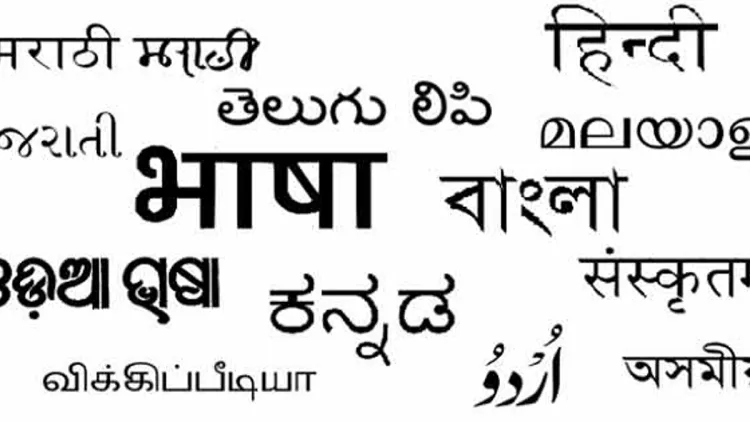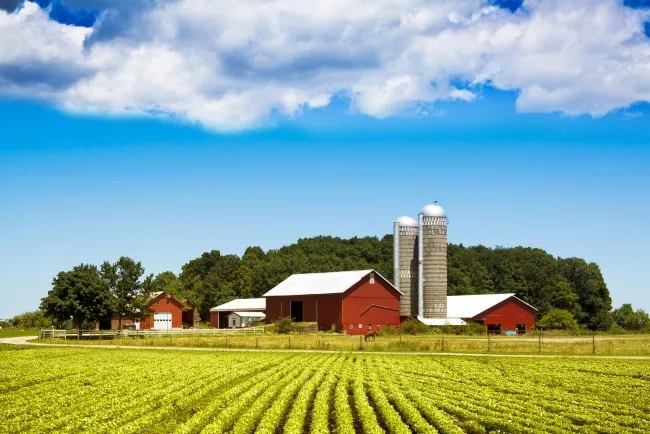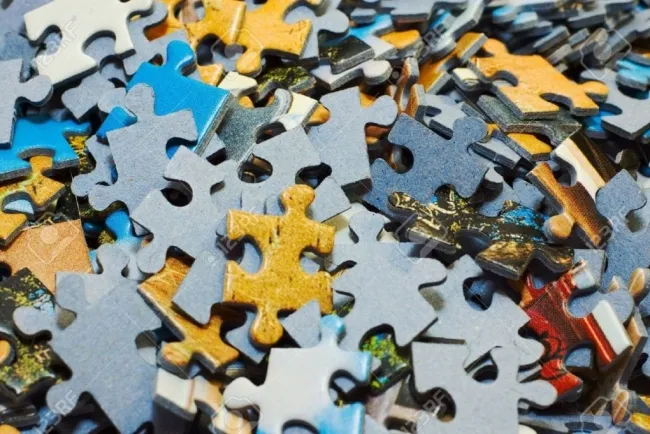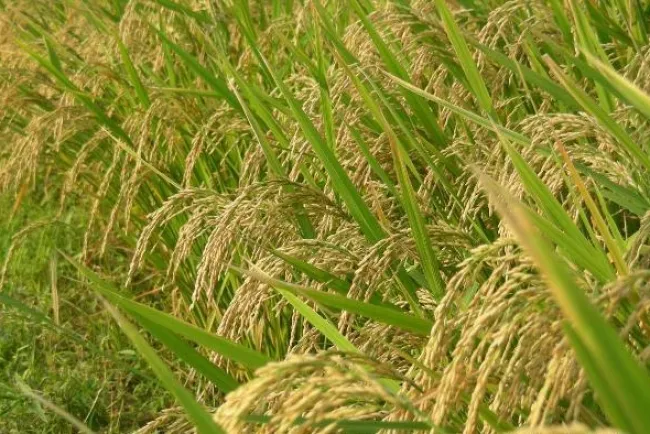India's Languages: A Journey Through Time and Culture...!!!
India's linguistic landscape is a testament to its cultural diversity and historical depth. Each language, with its unique script, literature, and cultural practices, enriches the mosaic of Indian heritage. From classical languages like Tamil and Sanskrit to vibrant tribal tongues, India's linguistic diversity is a treasure trove waiting to be explored.

India is a linguistic mosaic, home to a vast array of languages that showcase its rich cultural heritage. This diversity is both intriguing and exceptional. With over 19,500 languages or dialects spoken across the nation, according to the Census of India, it's nearly impossible to cover them all.
Official Languages
India has two official languages at the national level:
-
Hindi:
-
Region: Predominantly spoken in the northern and central regions.
-
Script: Devanagari.
-
Specials: Hindi, descended from Sanskrit, boasts a rich literary tradition, encompassing ancient poetry, epics, modern novels, and cinema.
-
-
English:
-
Region: Widely spoken and understood across India.
-
Script: Latin alphabet.
-
Specials: Acts as a link language in a multilingual nation and serves as the medium for much of India’s higher education and international communication.
-

Scheduled Languages
India recognizes 22 languages under the Eighth Schedule of the Indian Constitution. Here are a few notable ones:
-
Bengali:
-
Region: West Bengal, Tripura, and parts of Assam.
-
Script: Bengali script.
-
Specials: Known for its rich literary heritage, including works of Nobel laureate Rabindranath Tagore.
-
-
Telugu:
-
Region: Andhra Pradesh and Telangana.
-
Script: Telugu script.
-
Specials: Celebrated for its classical poetry and contributions to Carnatic music and dance.
-
-
Marathi:
-
Region: Maharashtra.
-
Script: Devanagari.
-
Specials: Famous for its ancient literature, folk arts, and vibrant theatre scene.
-
-
Tamil:
-
Region: Tamil Nadu and Puducherry.
-
Script: Tamil script.
-
Specials: One of the oldest surviving classical languages in the world with a vast body of ancient literature, including Sangam poetry.
-
-
Gujarati:
-
Region: Gujarat.
-
Script: Gujarati script.
-
Specials: Known for its devotional songs, folk music, and contributions of Mahatma Gandhi to literature and social reform.
-
-
Punjabi:
-
Region: Punjab.
-
Script: Gurmukhi script.
-
Specials: Renowned for its vibrant music, dance forms like Bhangra and Giddha, and religious scriptures of Sikhism.
-
-
Malayalam:
-
Region: Kerala.
-
Script: Malayalam script.
-
Specials: Famous for its literature, classical arts like Kathakali and Mohiniyattam, and unique boat race tradition.
-
-
Kannada:
-
Region: Karnataka.
-
Script: Kannada script.
-
Specials: Known for its ancient epic poetry, classical music, and contributions to Dravidian literature.
-
-
Oriya (Odia):
-
Region: Odisha.
-
Script: Odia script.
-
Specials: Celebrated for its classical dance form, Odissi, and a rich tradition of folklore and temples.
-
Other Significant Languages
In addition to the scheduled languages, there are several regional languages of importance:
-
Assamese:
-
Region: Assam.
-
Script: Assamese script.
-
Specials: Known for its tea culture, classical dance form Sattriya, and medieval Vaishnavite literature.
-
-
Konkani:
-
Region: Goa, parts of Karnataka, and Maharashtra.
-
Script: Multiple scripts, including Devanagari and Roman.
-
Specials: Renowned for its vibrant Goan culture, music, and unique cuisine.
-
-
Kashmiri:
-
Region: Jammu and Kashmir.
-
Script: Perso-Arabic script (Nastaliq) and Devanagari.
-
Specials: Famous for its poetry, Sufi traditions, and beautiful landscapes.
-
Dialects and Tribal Languages
India also boasts numerous dialects and tribal languages, each with its own cultural significance:
-
Bhojpuri, Maithili, Rajasthani, and Chhattisgarhi are widely spoken in their respective regions.
-
Santhali, Mundari, Bhili, and Gondi are some of the prominent tribal languages, reflecting the diversity of indigenous communities.
India's linguistic landscape is a testament to its cultural diversity and historical depth. Each language, with its unique script, literature, and cultural practices, enriches the mosaic of Indian heritage. From classical languages like Tamil and Sanskrit to vibrant tribal tongues, India's linguistic diversity is a treasure trove waiting to be explored.
This richness not only enhances the nation's cultural vibrancy but also presents challenges and opportunities in preserving and promoting these languages for future generations. In essence, India’s linguistic diversity is a reflection of its unity in diversity, making it a fascinating subject for linguists and cultural enthusiasts alike.
What's Your Reaction?

















